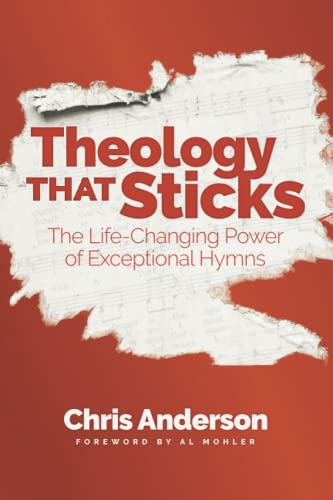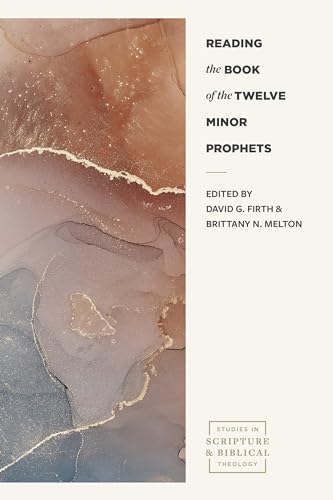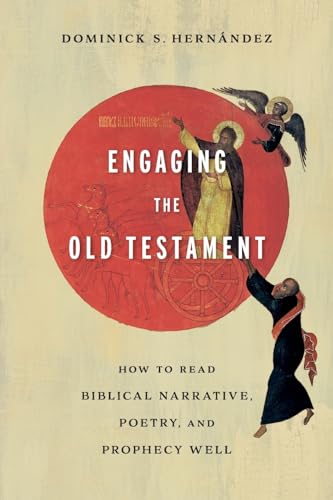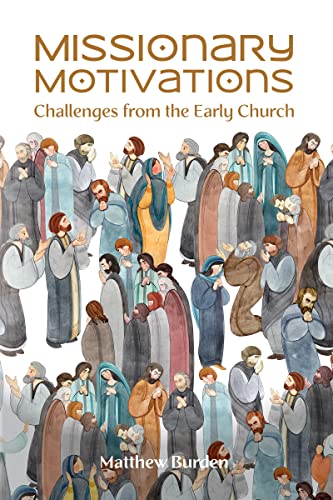Contextualization or Syncretism? The Use of Other-Faith Worship Forms in the Bible and in Insider Movements
Written by Derek Brotherson Reviewed By Matthew BennettThe word “contextualization” has been used in evangelical missiology for nearly fifty years. During this time, missiologists have offered numerous approaches to how one might balance the influence of a context and its culture on expressions of Christian faith while also remaining true to the biblical text and message. Often, however, what one group of missiologists appreciates as good, culturally sensitive contextualization is criticized by another group as syncretistic capitulation to culture. Over the last twenty years, one such approach to contextualization that has created a lot of heated engagement is “the insider movement (IM).”
Weighing in on this discussion, Derek Brotherson has inspected the hermeneutical moves and practical conclusions of advocates and critics of IM. Specifically, his book Contextualization or Syncretism investigates what he calls appropriation texts, and passages that he calls resistance texts. Appropriation texts are used by IM advocates to argue for biblical precedent, while resistance texts are leveraged by critics to prohibit the use of non-prescribed forms.
His thesis is that missiologists must “draw upon the methods and insights of biblical scholars and the hermeneutical tools of biblical theology to ensure the soundness of interpretations given to key biblical texts, especially those from earlier stages in salvation history” (p. 18). Therefore, throughout his work, Brotherson attempts to address and investigate the key biblical texts undergirding the arguments for IM and inspecting the exegetical and interpretive validity of their use. One of his key conclusions is that each of the texts he investigates is primarily about true worship and not intent on weighing in on the use or prohibition of the use of certain forms (pp. 304–5).
IM advocates commonly appeal to places in the Hebrew Bible that supposedly record Israel’s appropriation of Ancient Near Eastern (ANE) rituals and forms for YHWH worship as justification for similar contemporary appropriation (p. 74). Brotherson’s commitment to the text of Scripture rightly causes him to challenge those who would appeal to hypothetical reconstructions of ANE practices and rituals to interpret and understand the biblical text.
While there may be overlap in some of the practices, Brotherson helpfully outlines five reasons that the Bible likely does not present these accounts as precedent for future replication, as often advocated by IM proponents (pp. 75–78). The first four reasons he gives are related to the tenuous reconstructions of the customs of ANE peoples and the hypothetical nature of proposals related to intentional influence. But the fifth reason is his strongest: there is no indication that the biblical authors intended to promote the use of non-Christian forms nor to set a precedent for future appropriation (p. 78).
As one might expect, Brotherson spends time in the book of Acts considering various passages used by critics and advocates to support their positions. His treatment of Acts 15 and the Jerusalem Council pushes back on IM critics who argue that the specific prohibitions levied upon the gentile believers were connected to non-biblical religious cult practices. As Brotherson finds the hypothetical reconstruction of ANE practices untenable, so too does he find such proposals of gentile practices behind the prohibitions listed in Acts 15 unconvincing (pp. 214–15). Instead of a passage focused on permitted forms, he proposes that the best reading of these judgments involves orderly and proper worship.
While there is much to be commended in this understanding, theologically, a focused consideration of right worship is not something readily apparent in the immediate text. A critical reader might question whether his worship-centered reading—which he rather abruptly defines in the first chapter without reference to supporting biblical texts or much rationale regarding his selection of authors (pp. 48–50)—obscures the focus on specific forms in those passages.
In his conclusion, Brotherson draws together his findings to argue that the Bible cannot be used to endorse appropriation of non-religious forms in the way that IM advocates often interpret it. At the same time, he concludes that the resistance texts he investigates give clear but perhaps limited prohibitions against using some but not all forms. Instead of arguing for one form of contextualization or another, Brotherson concludes that the biblical interpretation of the relevant passages is more concerned with true worship than the forms taken. He concludes, “In each text, the author’s primary concern is to equip God’s people to engage in true worship, or to help them avoid false worship, or both” (p. 291). While appreciating Brotherson’s emphasis on centering the discussion on true worship, a critical reader may remain unsatisfied that he has adequately demonstrated this worship-concern from the investigated texts of Scripture. Likewise, since worship is such a vital component of his conclusion, one would expect a more robust defense of his definition than the one offered in the introduction and simply borrowed without significant rationale from other commentators (pp. 48–50).
Finally, Brotherson offers what he calls an “outcome-focused” evaluation of whether a proposed contextualization approach results in syncretism (p. 300). By this, he means that assessment should be centered around a form’s capacity to promote true worship rather than a structuralist approach that would see certain forms as absolutely inadmissible into Christian worship (p. 300). However, such a proposal does not truly advance the discussion, as such an evaluation is implicitly subjective. Using a given form could be interpreted as true worship by an advocate and dismissed as true compromise by a critic.
In conclusion, Brotherson does an excellent job identifying some errant exegesis that occurs regularly in the IM debate. His investigation of the relevant texts is helpful and illuminating. However, the proposal for a way forward with which he concludes the book is perhaps lacking in effectual progress. Nonetheless, those involved in the contextualization discussion will do well to heed his careful attention to the biblical text, authorial intent, and exegesis as they continue to wrestle with these perennial issues involved in pursuing cultural relevance while avoiding theological syncretism.
Matthew Bennett
Matthew Bennett
Cedarville University
Cedarville, Ohio, USA
Other Articles in this Issue
Menzies responds to Tupamahu’s post-colonial critique of the Pentecostal reading of Acts and the missionary enterprise...
The Lamblike Servant: The Function of John’s Use of the OT for Understanding Jesus’s Death
by David V. ChristensenIn this article, I argue that John provides a window into the mechanics of how Jesus’s death saves, and this window is his use of the OT...
Geerhardus Vos: His Biblical-Theological Method and a Biblical Theology of Gender
by Andreas J. KöstenbergerThis article seeks to construct a biblical theology of gender based on Geerhardus Vos’s magisterial Biblical Theology...
Is the One God of the Old Testament and Judaism Exactly the Same God as the Trinitarian God—Father, Son, and Holy Spirit—of the New Testament and Christian Creeds?
by John Jefferson DavisThis article argues that the One God of the Old Testament and Judaism is exactly the same God as the Trinitarian God of the New Testament and Christian creeds...
A well-known Christian intellectual and cultural commentator, John Stonestreet, has often publicly spoken of the need for Christians to develop a theology of “getting fired...







